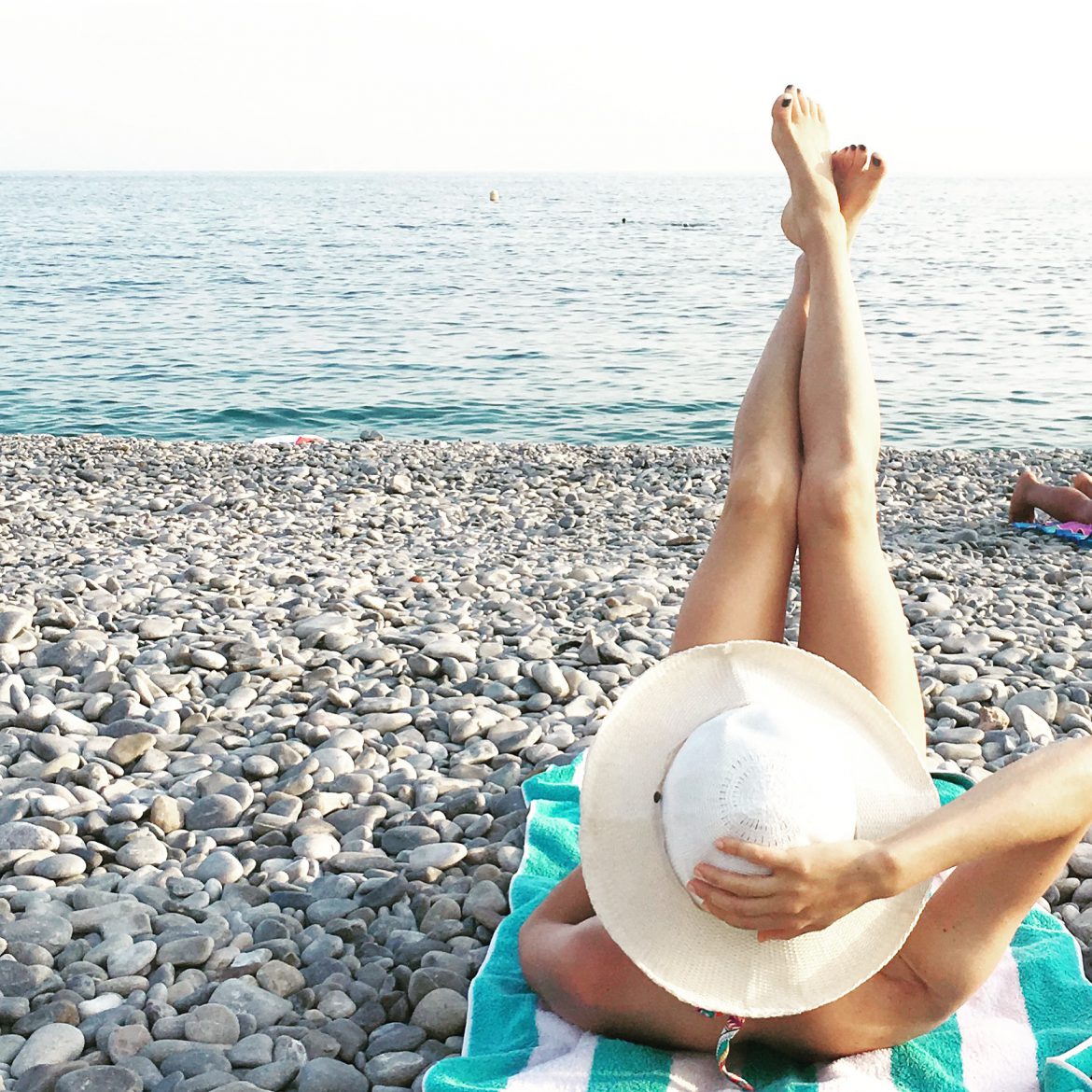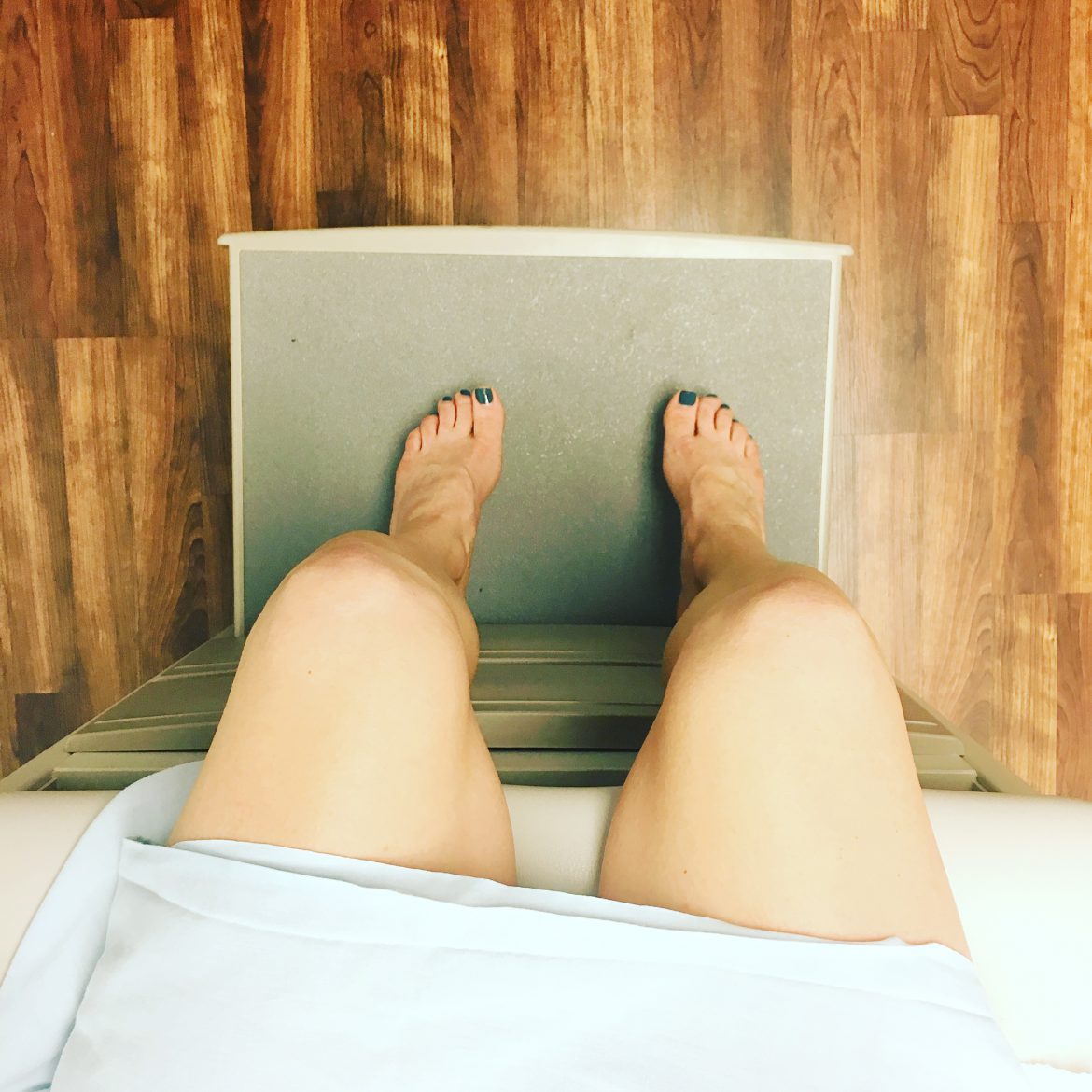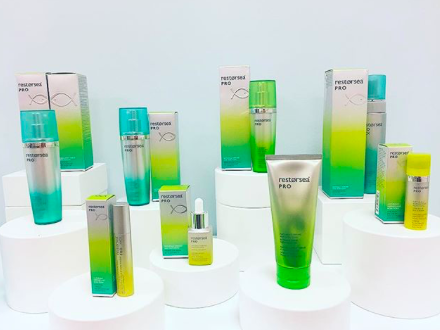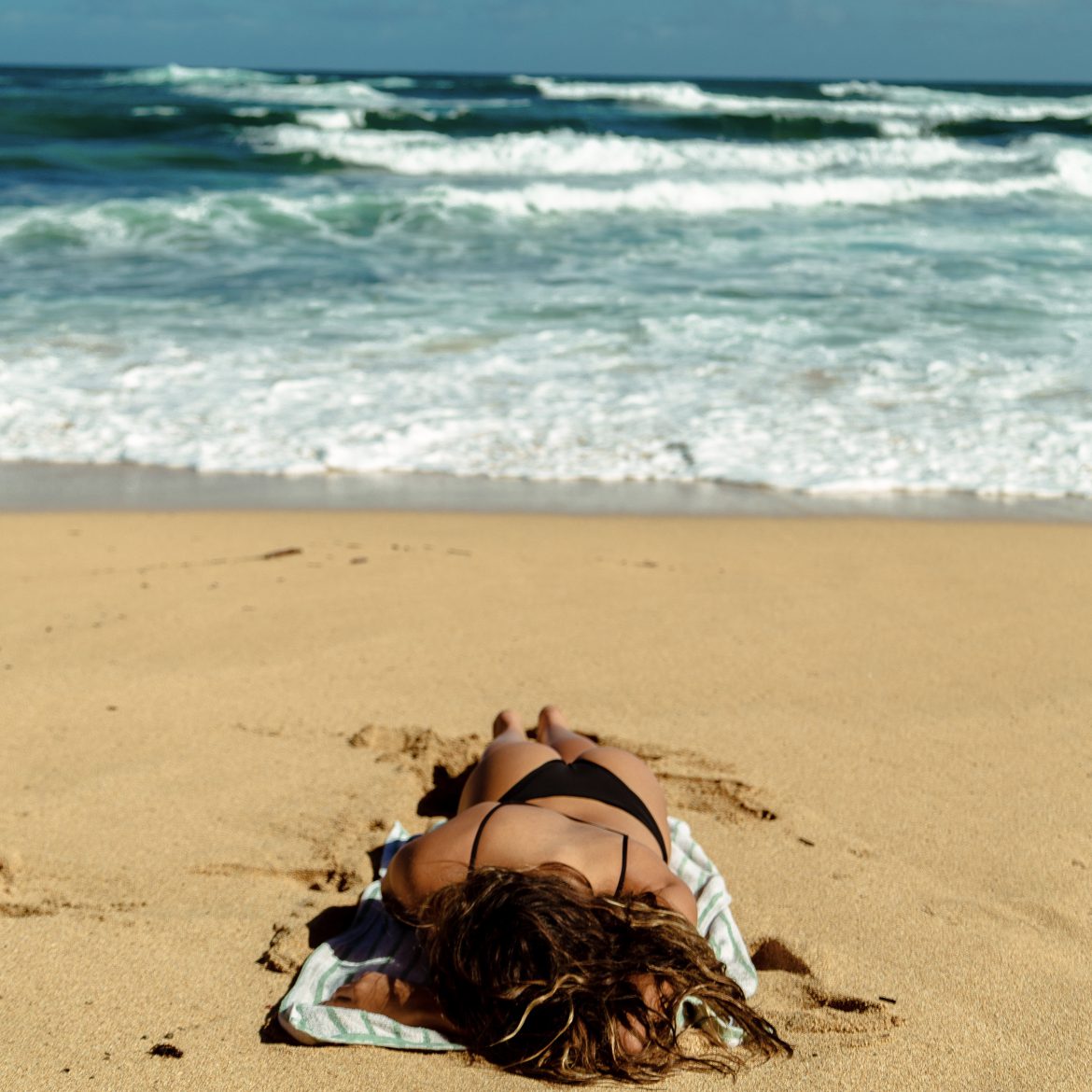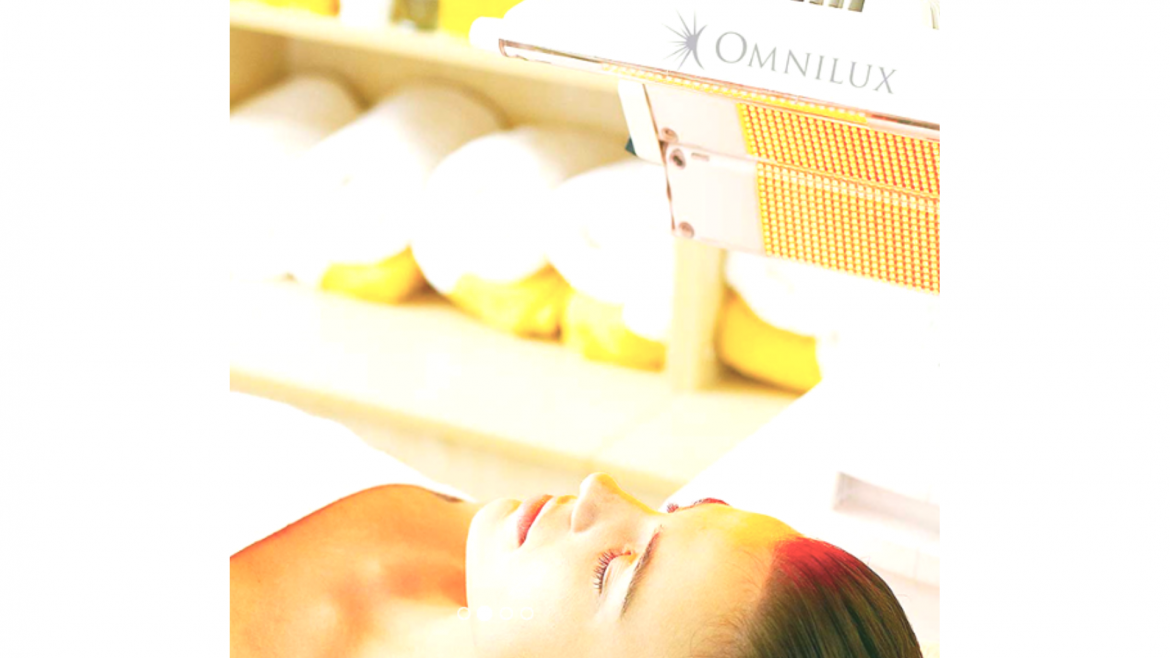You would think that as a dermatologist, I most often get complaints about blemishes or imperfections on the face, chest, and hands. For the most part, you’d be right. But one of the most in-demand procedures in my office at this time of year actually involves…the legs. Why? Spider Veins. And because winter is the perfect time to treat and correct flaws on our legs, and allow time for our legs to heal before bikini weather is upon us.
So many of us have a complicated relationship with our legs. On the one hand, they’re powerful and strong, supporting us through each day and propelling us through new adventures. On the other hand, they can reveal signs of wear and tear that can be far from lovely, especially in shorts, dresses and swimsuits. And with spring break and summer vacation right around the corner, who wants that?
The biggest complaint involving the legs? Unsightly veins. Let’s break them down by type.
TYPES OF VEINS
Varicose veins: large blue, dark purple veins that protrude from the skin; may have a cord-like appearance and twist or bulge
Spider veins: very small and very fine red or blue veins; closer to the surface of the skin than varicose veins
Reticular veins: blue and green veins beneath the surface of the skin
CAUSES
In short, anything that puts extra pressure on the veins trying to pump blood back to the heart.
Age: venous valves weaken over time, making it harder to pump blood effectively
Gender: women are 2-3x more likely to get them due to hormonal changes
Pregnancy and Weight Gain: extra weight causes increased pressure on venous valves
Sitting Too Much, Standing Too Little: crossed legs and gravity make the veins work extra hard
Genetics: if your parents have them, you’ll likely get them
TREATMENT
At Greenwich Point Dermatology, we’re proud to offer a minimally-invasive technique for removing these pesky veins: sclerotherapy.
Sclerotherapy refers to the removal of unwanted veins, most often on your legs. We use Asclera® (polidocanol) Injection, an advanced prescription medicine that treats two types of veins:
– Uncomplicated spider veins (very small varicose veins ≤ 1 mm in diameter)
– Uncomplicated reticular veins (1 to 3 mm in diameter)
THE PROCEDURE
We inject Asclera® solution into the affected veins which instigates a clot that the body then repairs and replaces with tissue over the course of several weeks. The appointment takes less than an hour and noticeable results can be seen in 3 months. While some tenacious veins require a follow-up or two, the majority of cases can be resolved in a single treatment.
PREVENTION
Of course, prevention is key in minimizing their appearance. By alternating between standing and sitting frequently, wearing compression stockings, maintaining a healthy weight and exercising regularly to stimulate blood flow, you’ll reduce the chance of developing spider veins.
Want to see if sclerotherapy is right for you? Click here to schedule a consultation.

